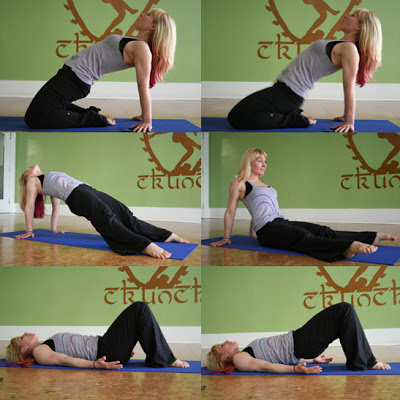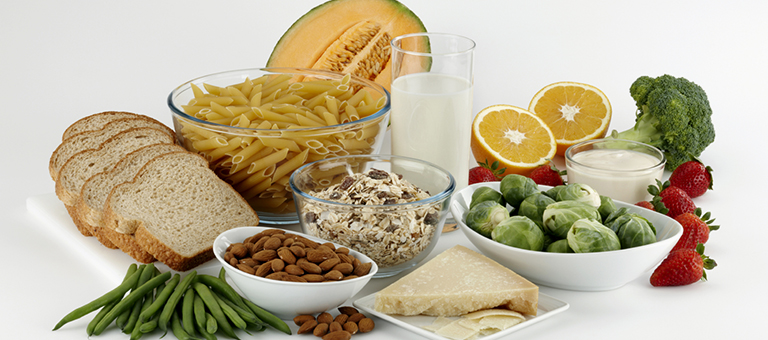The following practices can prevent and reduce urinary incontinence :-
Pelvic Floor Exercise (Kegel Exercise)
• This exercise can strengthen the pelvic floor muscles involved in incontinence.
• It involves stretching of the muscles (tighten) alternately with relaxation.
• Stretching for 3 seconds followed by relaxation for 3 seconds and repeated for ten times.
• When the muscles grow stronger after practicing this exercise, the stretch and relaxation period can be increased up to 10 seconds.
• Do this exercise anywhere and at any time.

Diagram 1 : Pelvic Floor Exercise (Kegel Exercise)
Practice good toilet habits
• Urinate regularly – toileting and attempting to urinate within a certain period of time such as 1-3 hours once, even when you dont feel the urge to urinate, this helps bladder to function properly;
• Do not hold urine back – go to the bathroom when the urge is felt, This could train the bladder to function better;
• Empty the bladder completely – do not rush while urinating, take time. Practise double voiding- try to urinate again after completing the first urination- this will help to completely empty the bladder;
• Do not over strain while urinating-this may weaken the pelvic floor muscles.
Make sure there are no obstacles to the bathroom
• It can speed up movement to the bathroom. Wear simple clothes.
Reduce caffeine
• Avoid taking caffeine-like beverages such as coffee, tea and carbonated beverages.
• These drinks have diuretic effect that causes a person to urinate frequently.
Eat high fiber foods

Diagram 2 : High Fibre Food
- This can prevent constipation.
- Constipation causes abdominal pressure to increase while straining, this can weaken the pelvic floor muscles.
Drinks plenty of water
- It ensures the body gets enough water.
- Drink at least 8 glasses a day for a better kidney and bladder health.
Stop smoking
- Can prevent you from chronic cough that can trigger or worsen urinary incontinence
Lose weight
- Weight loss can reduce pressure on the bladder and pelvic floor.
Regular exercise
Can strengthen pelvic floor muscles as well as reduce weight. You can do exercise that fits your condition like brisk walking and so on. It should be noted that there are certain extreme exercise or extreme sport that have a high impact on pelvic floors such as skydiving, that can increase the risk of getting urinary incontinence.
Observe for side effects of medicines
Talk to your doctor regarding medicines you are taking especially those non-prescription medications bought at pharmacy. If you are taking diuretics that cause frequent urination, talk to your doctor whether the drug can be optimized to the lowest dosage. If you want to leave the house, schedule the leaving time after a few hours of taking a diuretic medication.
Reference
- https://www.popsugar.com/fitness/Examples-Pelvic-Floor-Exercises-18387379
| Last Reviewed | : | 07 November 2017 |
| Translator | : | Dr. Mohd Daud bin Che Yusof |
| Accreditor | : | Dr. Cheah Wee Kooi |







